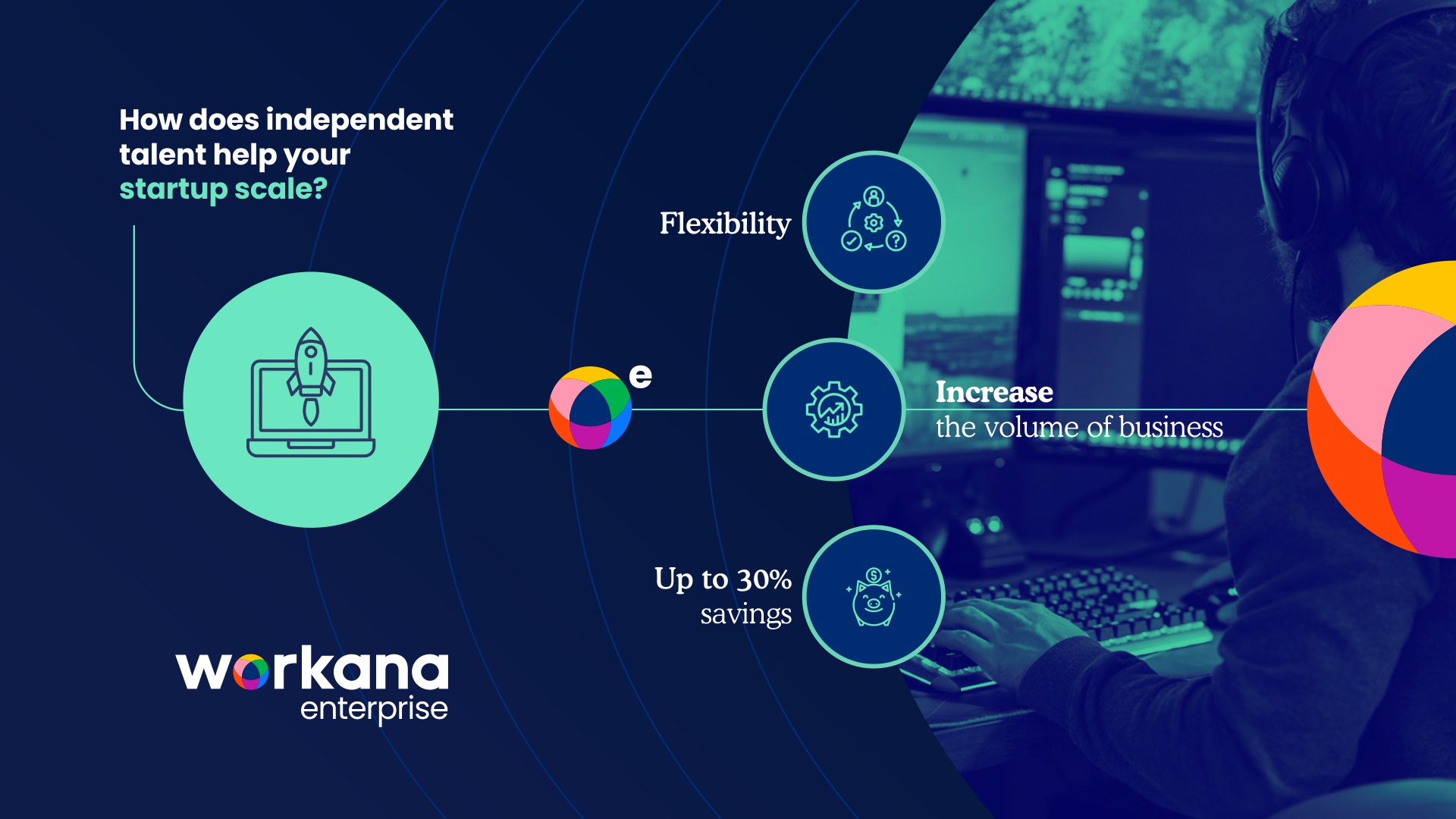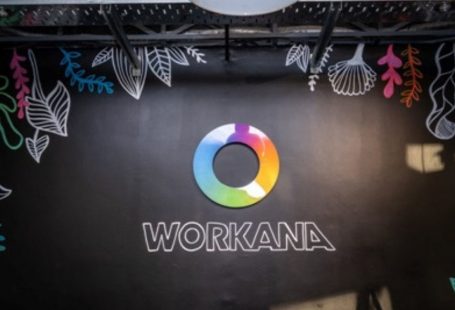Hiring independent talent is a great solution for your startup because it gives you flexibility on your full-time and long-term projects. This means you can increase your business volume without needing to hire an army of full-time employees, saving your company up to 30% on recruitment and hiring.
Imagine that you’re walking past your neighborhood 24-hour convenience store. One day, you notice that it’s always packed at night, and most of what they sell are party supplies. Everyone complains about the prices, the lack of variety, and the inconvenience of going out at night in the middle of a party to get more ice. The only other option is delivery, but that’s way more expensive, and they add exorbitant delivery fees.
What would happen if they could stock up at home using an app for a better price? That’s something that could be done with a central warehouse, some delivery people, and the right technology, right?
You’ve just created a product market fit and taken the first step to creating a startup. Now if you want it to become a profitable business, you’ll need to laser focus all your efforts on quick growth without the demand exceeding your capacity.
Scaling: Your Startup’s Number-One Priority
Paul Graham defines a startup as “a company designed to grow fast”. Scaling means building the digital infrastructure to launch your sales disproportionately in relation to your operating cost before anything and everything else.
Every business has a different level of scalability, but if you focus on the right things, you can ensure the maximum possible growth:
1.- Choose your MVP
Your minimum viable product (or service) is indispensable to satisfying the unmet need. It’s the heart of your value proposal.
Uber didn’t start with an international app, let alone different types of cars. They just provided the initial value proposal: safe, affordable, and available transportation.
Going back to the example from earlier, your MVP is a delivery service with at least the same variety and payment methods as a convenience store, except it’s cheaper and agile enough to be comparable to the time it takes to go and come back from the corner store.
A super broad catalog, scheduled deliveries, loyalty program, and order tracking are more desirable (backlog features) but they can wait.
2.- Create your execution plan or roadmap
In other words, this is the strategy you’ll use to turn your hypothetical MVP into a real one. In this case, the first goal is to create a pilot or demo app with a launch date, get your first set of stock, and have your distributors ready.
This is where your star developers come into play. They’ll have experience programming systems like the one you need in order to get started. But most importantly, they’ll be able to program it to be scalable while you grow.
In order to keep the medium-term infrastructure costs at a minimum while you grow from 200 users to 20,000, you’ll need the help of an expert who can effortlessly work with micro and macro scales.
Anyone can set up a drag-and-drop app, but what happens when your client base gets so big that it outgrows your app or a service provider wants to charge you in a way that’s commensurate with the number of sales that your app gets? Your initial success and profits will take a nosedive.
3.- Find your star developer
Whether you’re putting money in the bank, managing credit, or finding more investors, there are three financial advantages hiring independent developers:
- It’s much cheaper to develop an MVP than it is to build all the anticipated digital infrastructure.
- By hiring independent talent, you save up to 30% compared to hiring in-house developers.
- Devs who work on a per-project basis bring expertise and have experience working with deadlines that help you get to the next step faster.
4.- Scale
Once you have a basic digital infrastructure that can grow without causing your operating costs to skyrocket and you start getting a return on investment, now you can put all your efforts toward exponentially increasing your sales volume and competitivity:
- Perfect the customer experience
- Include new features
- Expand your zone of impact
- Research and explore new markets
- Optimize costs
- Create strategic alliances
We can apply this sequence to all types of business ventures and startups. Why? Because a) normally, a startup doesn’t need a full-time developer to be profitable; they just need control over the digital infrastructure, and b) if you go into multitask mode, you’ll get mediocre results and spend double the time that it would take an expert to do the same job. It’s that simple!
Why Investing in Independent Talent is the Best Way to Scale a Startup
Hiring independent talent is a great solution because it gives you flexibility on your full-time and long-term projects. This means you can increase your business volume without hiring an army of full-time employees, saving your company up to 30% on recruitment and hiring.
This method reduces initial risk, recover costs, and, most importantly, it lets you determine which skills and stacks you need while you grow. That way you don’t need your whole team the whole time. Adding remote devs to your team also means that you have powerful allies in digital technology and programming around the world.
Developers with proven experience and a high level of commitment are hard to find because they’re more in demand than ever. When you use Workana, you can find the developers with the skill level that your startup needs. At Workana, you’ll find a curated and certified IT talent pool with proven English fluency levels.
Take care of perfecting your idea. Let the experts assemble your dream team.
You may also be interested in:










